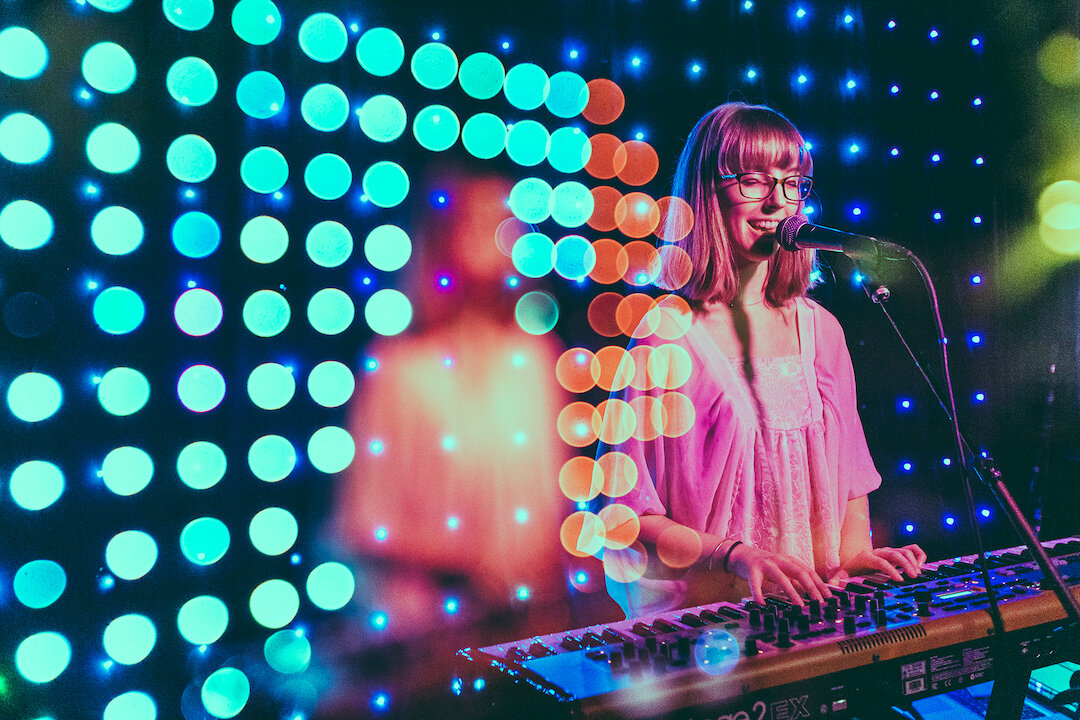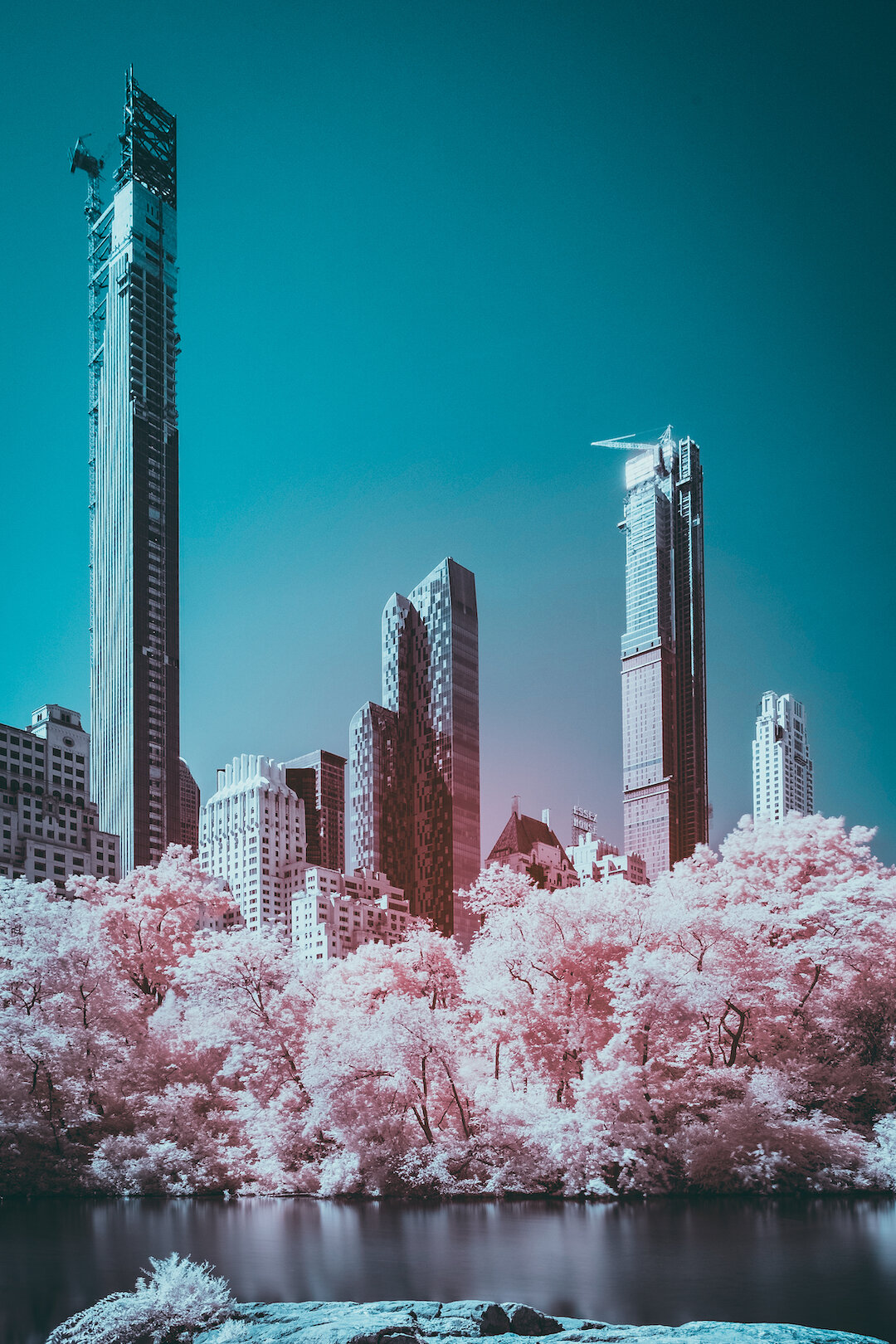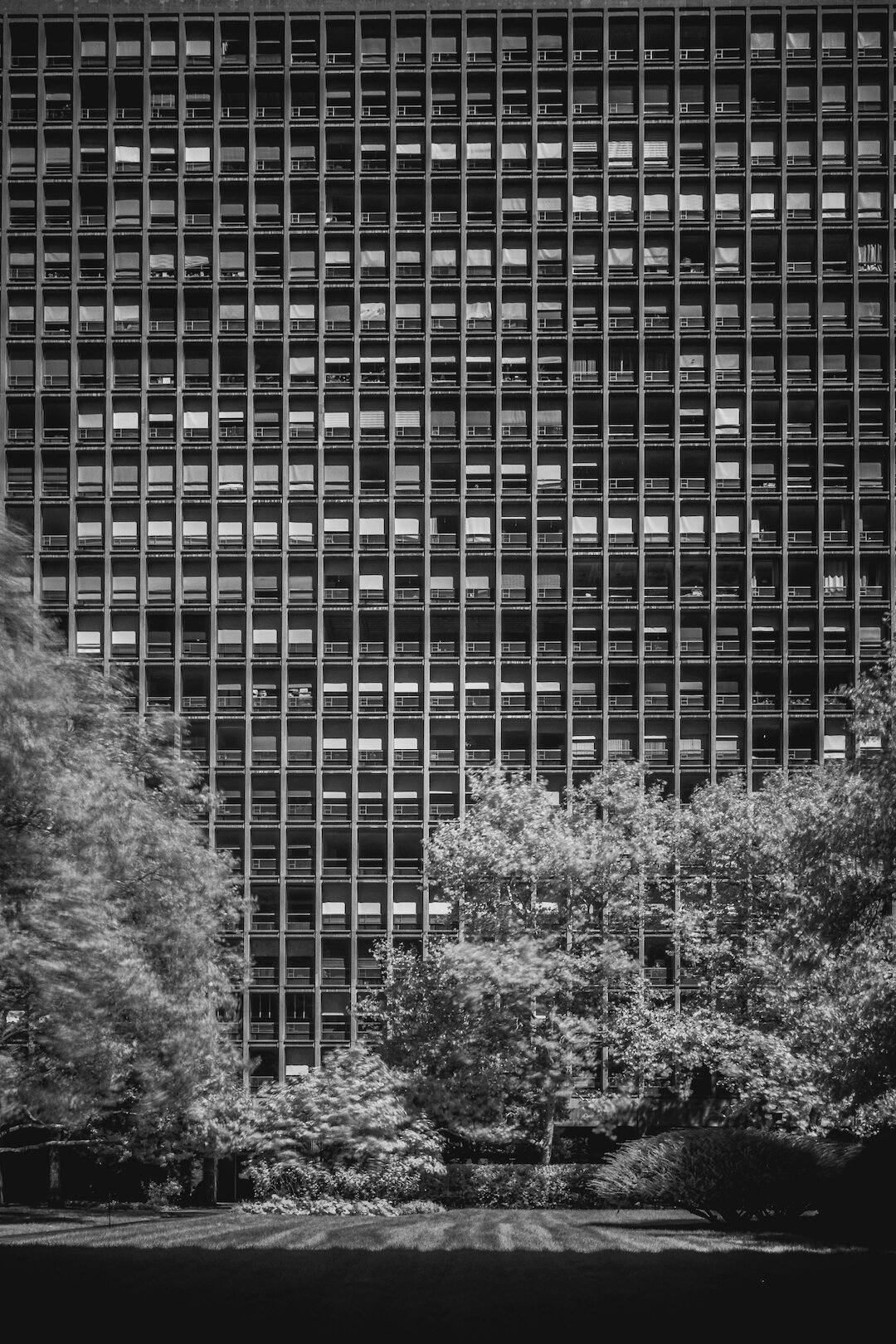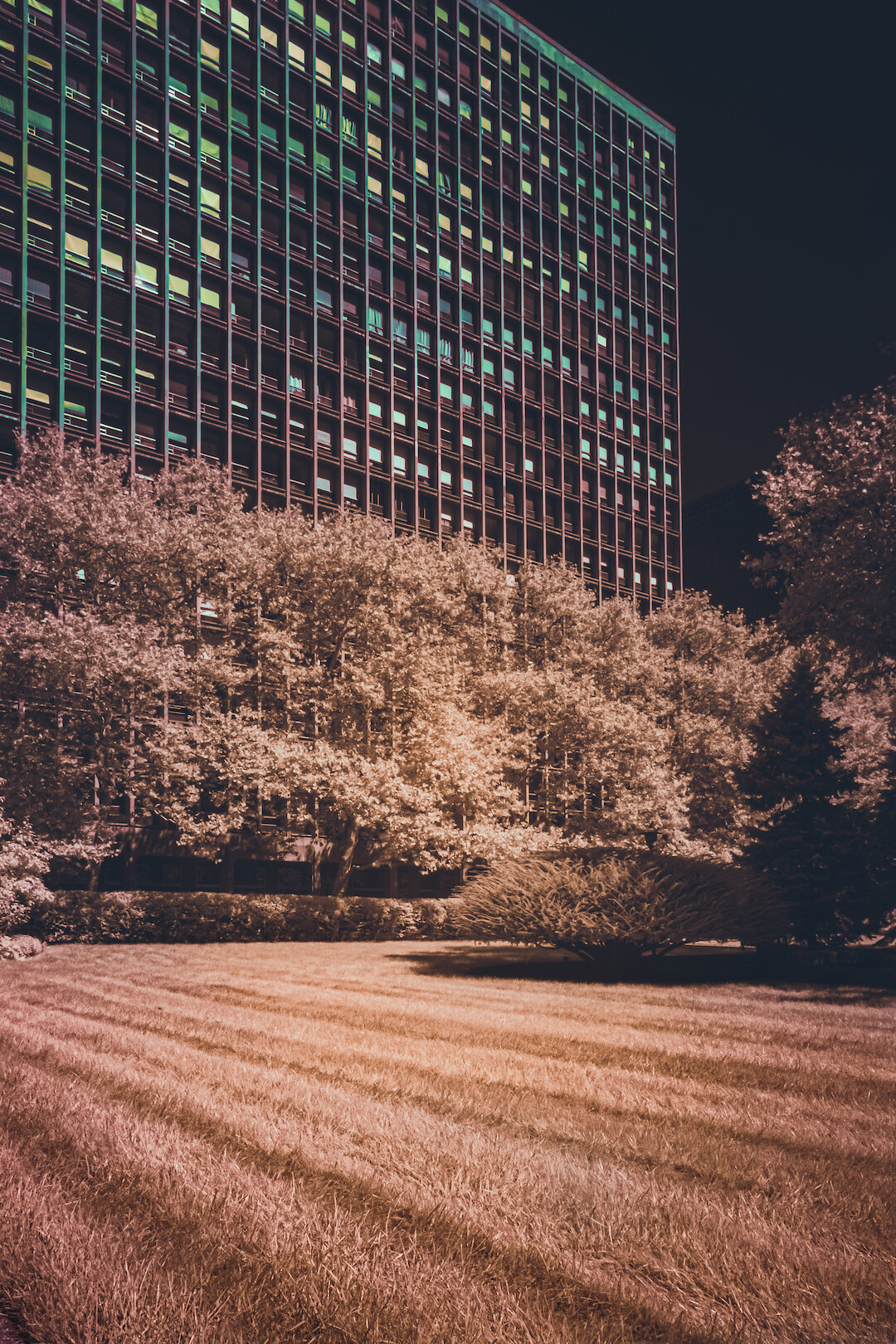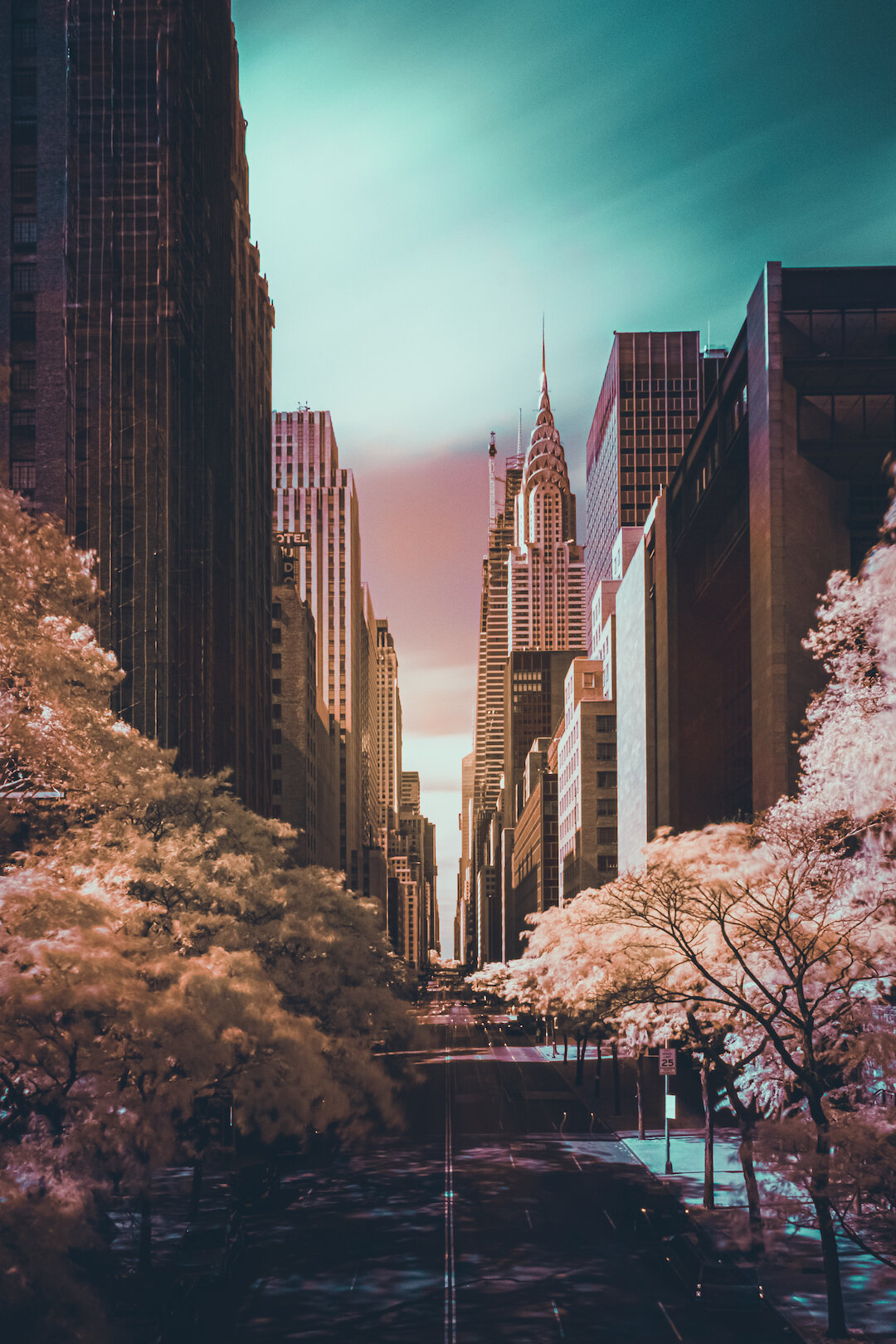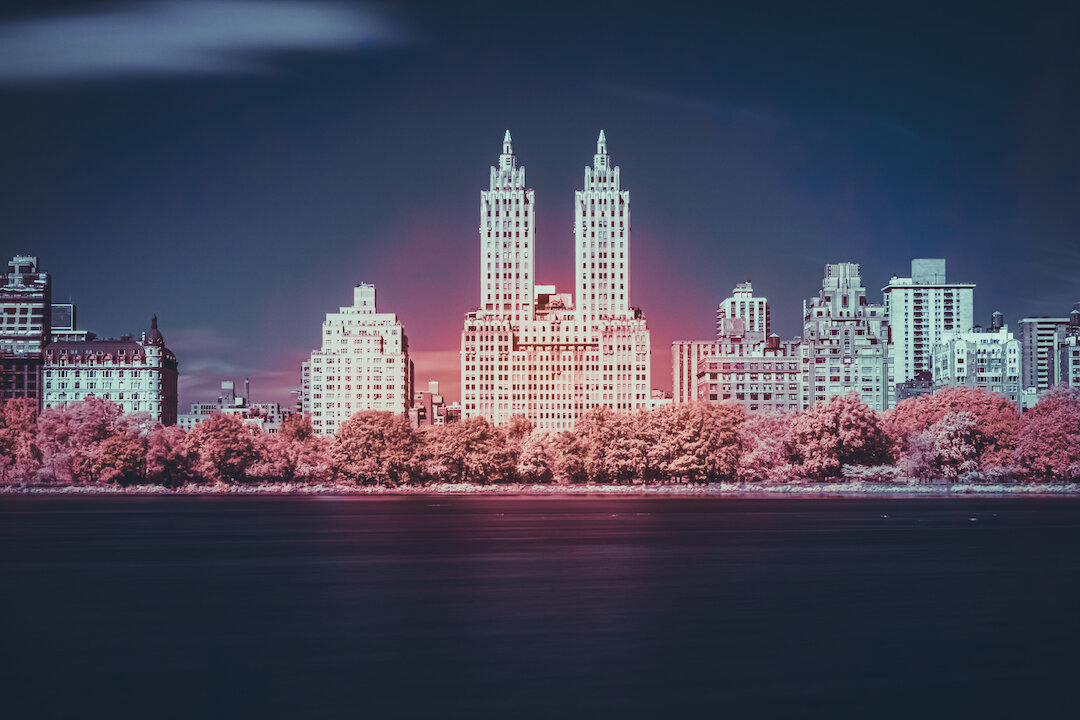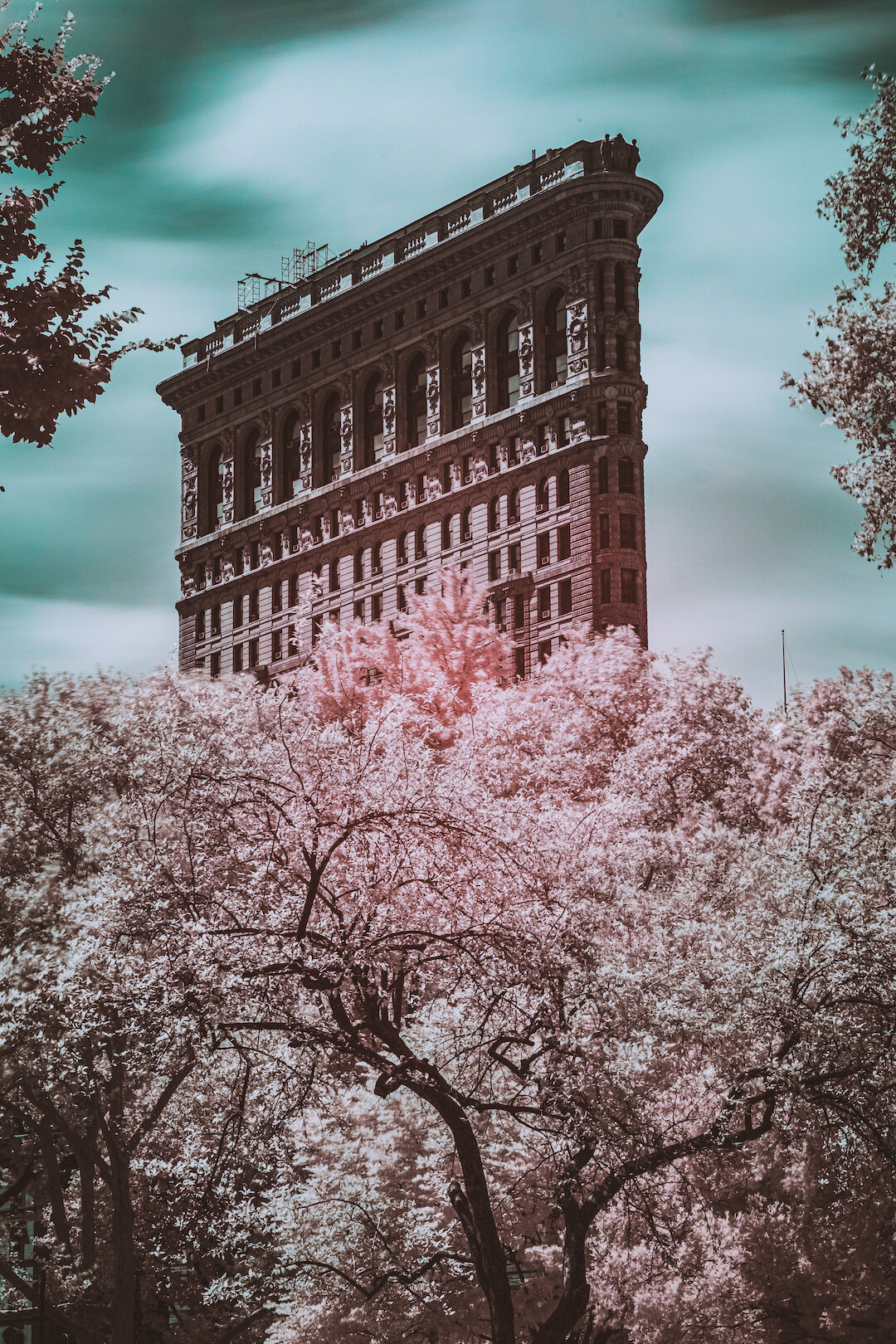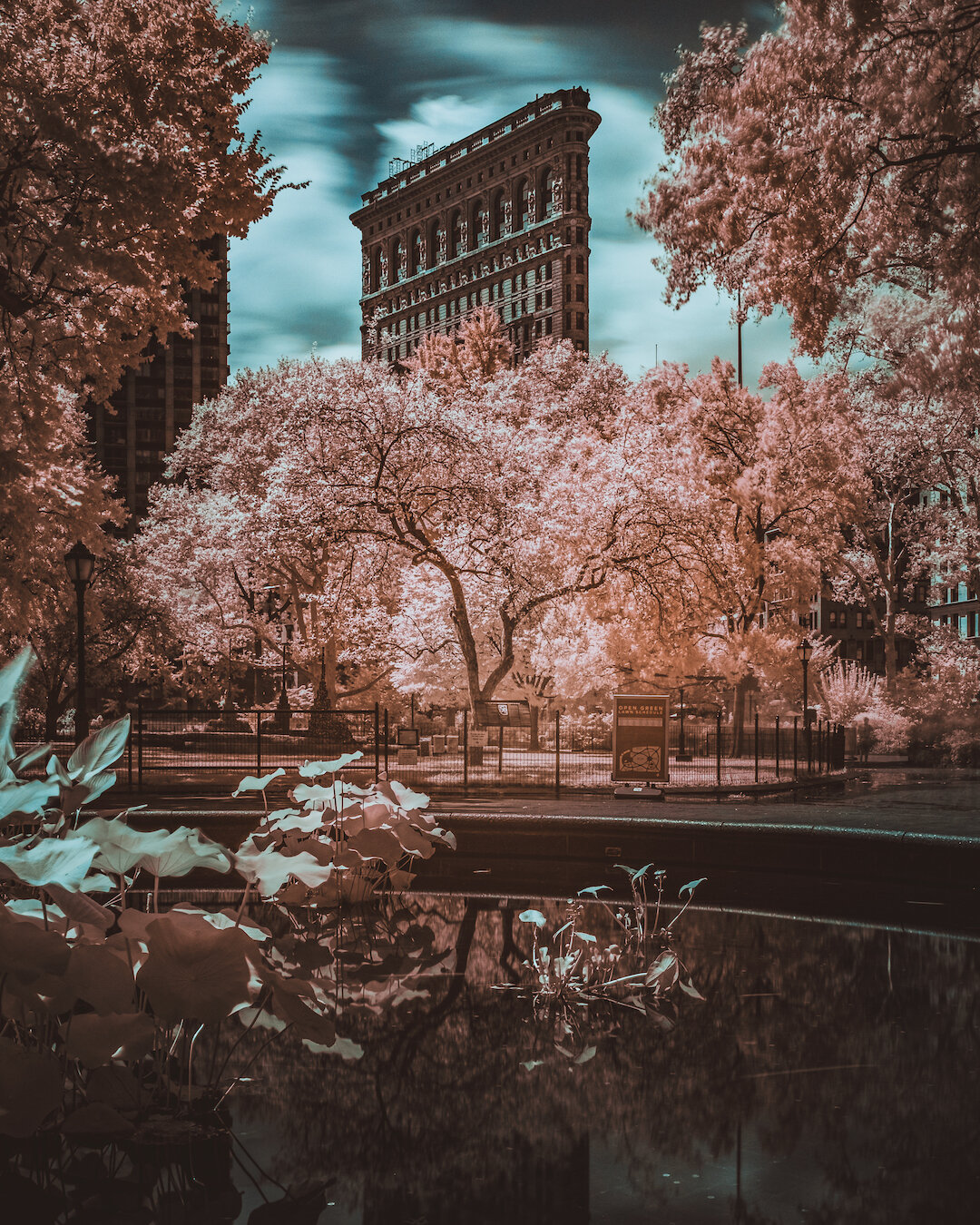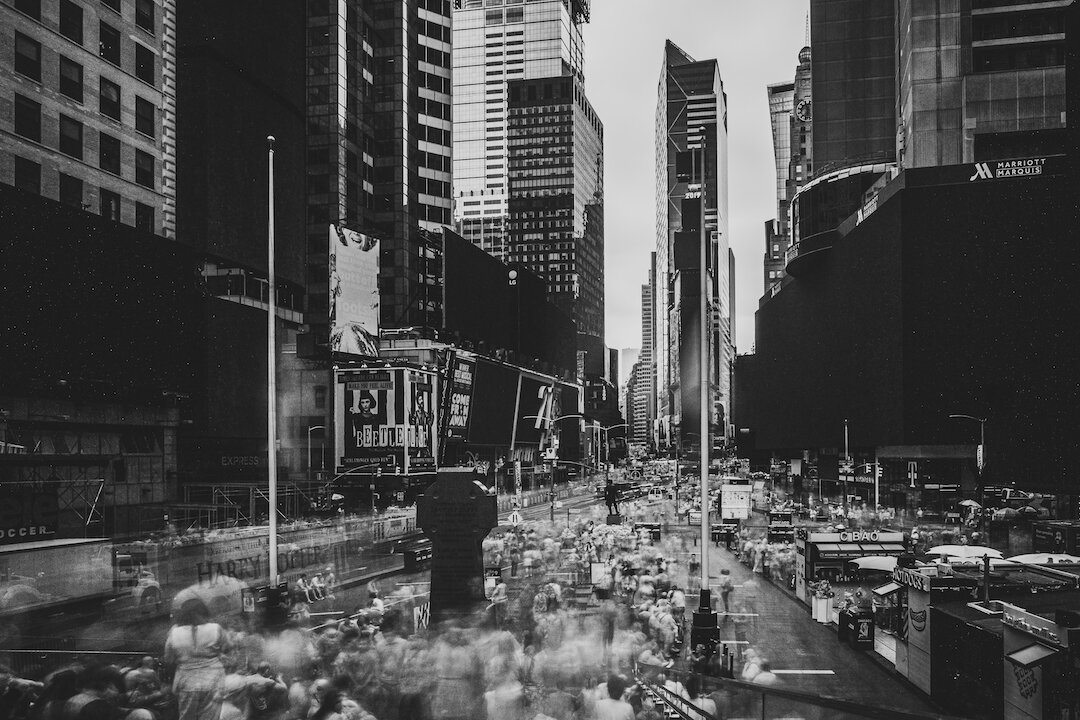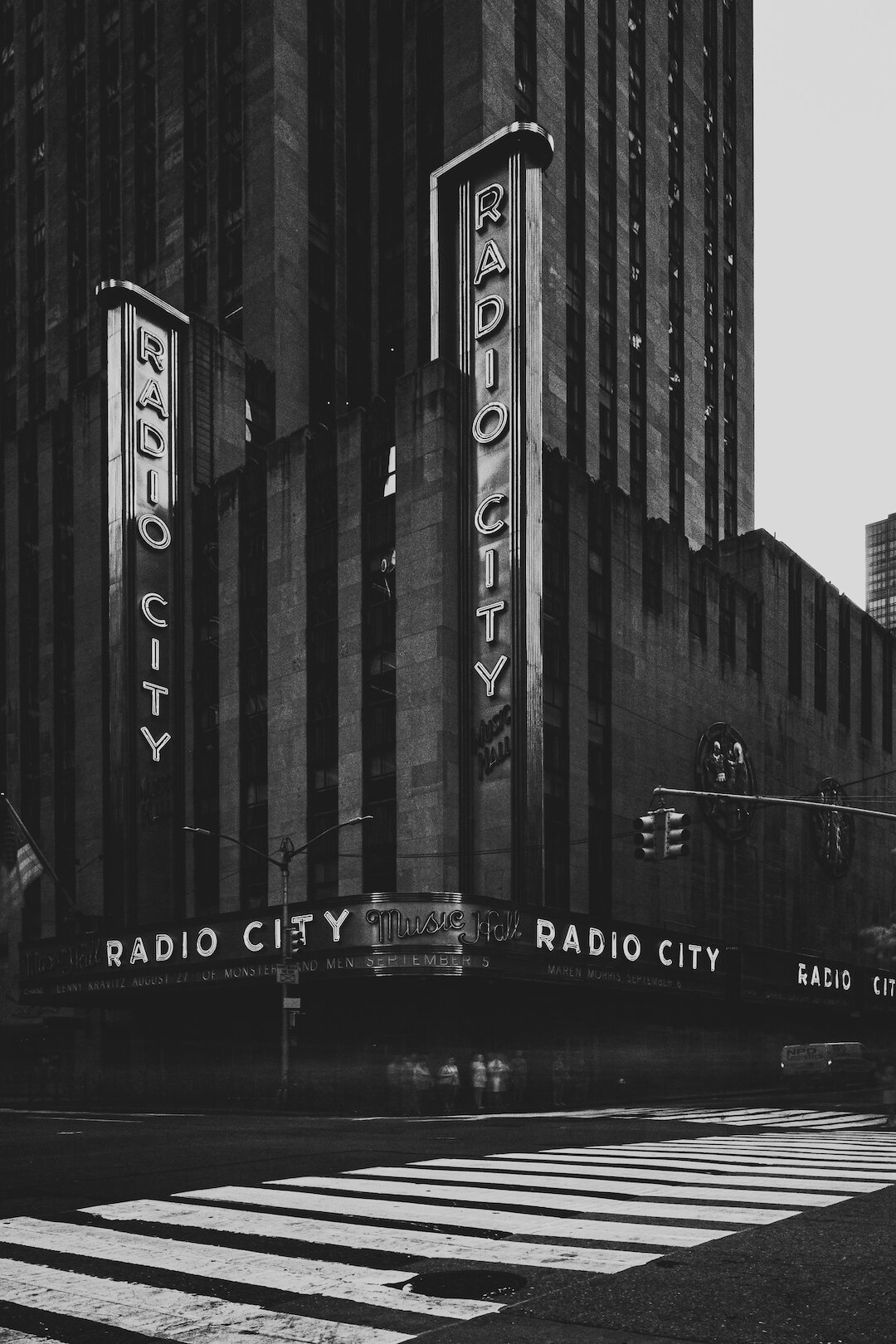Music Photography has been my bread and butter for the past 8 years or so, and over this time I experimented with a lot of different styles and techniques, in order to get away from ending up with the same images over and over. So here are 4 of my favorite ones that I try to incorporate into my work as much as I can:
1. In-Camera Multiple Exposures
Obviously, there’s no other way to start this list without mentioning Multiple Exposures, a technique that I like to use pretty much in any type of Photography I do, and for which I became known. These images planned on the spot and created in-camera (read a tutorial here), making it for always intriguing and interesting images:
Jessica Meyer (live at BAM Café, NYC 2017)
Rosemary Minkler (live at Bowery Electric, NYC 2018)
Choro das 3 (live at Sheen Center, NYC 2019)
2. Slow Shutter
Music Photography is almost always associated with faster shutter speed to freeze the moment and create timeless images. But rules are meant to be broken and sometimes all you gotta do is be ready to think outside the box:
Keith Ward (live at Rockwood Music Hall
Backup Planet (live at Brooklyn Bowl, NYC 2017)
3. Narrow Aperture
And speaking of rules, another common one is to keep your aperture as wide as possible, since you’re (most of the time) photographing in low light situations and need as much light to get to your sensor. But hey, who said that you cant bump up your aperture once in a while?
Raye Zaragoza (lleve at Irving Plaza, NYC 2019)
Mars Motel (live at Knitting Factory, NYC 2017)
4. Using a Prism Filter
More recently I began to experiment with using prisms in front of my lens, and the results are so incredible (when shooting a visually interesting artist and background) that it becomes almost impossible not to use it all the time. These were taken with Fractal Filters.
LGBAC Symphonic Band (live at Symphony Space, NYC 219)
Emily King (live at Central Park SummerStage, NYC 2019)
Corinne Bailey Rae (live at Central Park SummerStage, NYC 2019)

